Flightdeck Friday – Curtiss XF14C-2
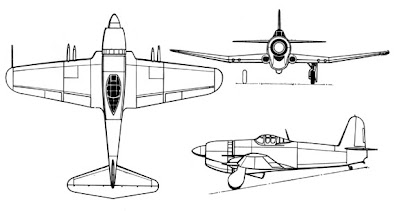 Don’t forget to head over to the Daily Briefing for Flightdeck Friday as well — this week, “Nuclear Fleas”
Don’t forget to head over to the Daily Briefing for Flightdeck Friday as well — this week, “Nuclear Fleas”
30 Jun 1941. The Navy’s search for a replacement for the F4F was on. Two of the premiere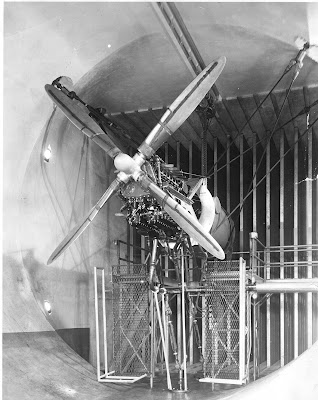 aircraft manufacturers in the nation, Grumman and Curtiss, were granted development contracts for three prototypes – Grumman for a single- and twin-engine prototype using an established power plant and Curtiss, for a single engine aircraft using a new power plant of unconventional design, the Lycoming XH-2470-4. The XH-240 was an unusual engine — Lycoming joined two SO-1230 engines together in an “H” configuration and rotated the engine 90 degrees. Generating 2300 HP at 3300RPM (2200 RPM at the prop) it was a promising plant, but a questionable choice on Curtiss’ part because of the availability of a radial engine in the 2,000 HP range (the Pratt & Whitney R2800) which would power Grumman’s
aircraft manufacturers in the nation, Grumman and Curtiss, were granted development contracts for three prototypes – Grumman for a single- and twin-engine prototype using an established power plant and Curtiss, for a single engine aircraft using a new power plant of unconventional design, the Lycoming XH-2470-4. The XH-240 was an unusual engine — Lycoming joined two SO-1230 engines together in an “H” configuration and rotated the engine 90 degrees. Generating 2300 HP at 3300RPM (2200 RPM at the prop) it was a promising plant, but a questionable choice on Curtiss’ part because of the availability of a radial engine in the 2,000 HP range (the Pratt & Whitney R2800) which would power Grumman’s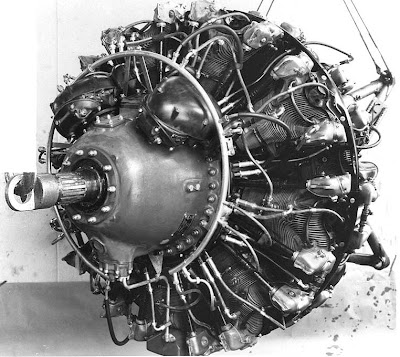 prototypes, the XF6F Hellcat and XF7F Tigercat. Perhaps it was Curtiss’ experience (bias) with the P-36 and P-40 that led it to select the water-cooled engine over the radial with expectations that the more streamlined aircraft would be markedly faster than the Grumman competitors. Regardless, Curtiss pressed ahead with the design and a little over a year later was testing wind tunnel models at the Navy’s Aeronautical Laboratory, located in
prototypes, the XF6F Hellcat and XF7F Tigercat. Perhaps it was Curtiss’ experience (bias) with the P-36 and P-40 that led it to select the water-cooled engine over the radial with expectations that the more streamlined aircraft would be markedly faster than the Grumman competitors. Regardless, Curtiss pressed ahead with the design and a little over a year later was testing wind tunnel models at the Navy’s Aeronautical Laboratory, located in
The wind tunnel tests indicated Curtiss’ estimates were not only unrealistic, they were wildly off-base. Additionally the Lycoming plant continued to suffer developmental problems, exacerbating production of a flying prototype. By 1943, with the F6F already flying and demonstrating exceptional promise, the Navy canceled the XF14C-1 contract and instead, directed Curtiss to develop a high-altitude fighter that would accept the Wright XR-3350-16 radial engine. Producing 2300 hp, the Wright plant powered a counter-rotating propeller and was grafted to the XF14C-1 airframe, creating the XF14C-2.
(Curtiss XF14C-2)
Like its predecessor, the XF14C-2 fell short in performance, able to muster a mere 398 mph at 32,000 ft (specifications called for 424 mph), although it was able to reach a specified service ceiling of 39,500 ft. It should be noted that this was without a pressurized cockpit. Once again, the Navy canceled the contract after it was discovered the counter-rotating props set up an undesirable vibration. A third version, the XF14C-3, was briefly considered and then dropped by the Navy. This version too was a high-altitude fighter, but would have incorporated the pressurized cockpit Curtiss had developed for the Army Air Corps’ XP-62 which resembled the XF14C in many respects. No production variants of the XF14C were ever ordered by the Navy.
So, what was the deal with the XF14C and Curtiss? It certainly wasn’t for lack of experience as Curtiss at one point during the war years, occupied the #2 contractor slot. It certainly had produced a wide variety of aircraft for different conditions and Services. Found in its stable were the P-36, P-40, SB2C Helldiver, SOC Seagull, C-46 and license-built P-47s. It could have been that very diversity which may have put a strain on design and development, moving Curtiss behind competitors from Grumman, Douglas and North American – smaller companies but ones that had exceptional aeronautical engineers on their staffs. Consider – it was North American that utilized and refined the laminar flow airfoil on a replacement for the Curtiss-built P-40 (the P-51). Additionally, in their efforts to give American aviators performance advantages over their opponents, American manufacturers were pressing the edge of the developmental envelope in both airframes and power plants – bugs were to be expected and in Curtiss’ case, were found a-plenty as witnessed by the teething problems the Helldiver experienced and the developmental problems encountered by the XF14C. Signatory about the XF14C was that it would be the last piston engine aircraft designed by Curtiss for the Navy and marked the beginning of the end of Curtiss as a major airframe manufacturer, a trend accelerated in the post-war force draw-down and industry consolidation.
General characteristics
- Crew: one, pilot
- Length: 37 ft 9 in (11.5 m)
- Wingspan: 46 ft (14.0 m)
- Height: 12 ft 4 in (3.8 m)
- Wing area: 375 ft² (35 m²)
- Empty: 10,582 lb (4800 kg)
- Loaded: 13,405 lb (6080 kg)
- Maximum takeoff: 14,582 lb (6614 kg)
- Powerplant: Wright XR-3350-16 radial eighteen cylinder twin row air-cooled engine 2,300 hp (1.7 MW)
Performance
- Maximum speed: 317 mph (510 km/h) at sea level, 424 mph (682 km/h) at 32,000 ft (9,800 m)
- Range: 1,355 statute miles (2181 km) at 162 mph (260 km/h)
- Service ceiling: 39,500 ft (12,000 m)
- Initial rate of climb: 2,700 ft/min (820 m/min)
Armament (Planned)
- four wing mounted 20 mm cannon

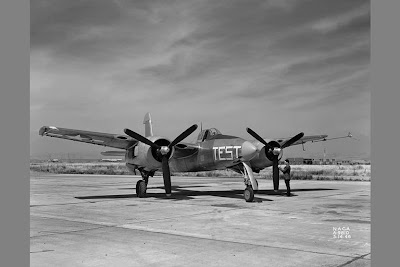
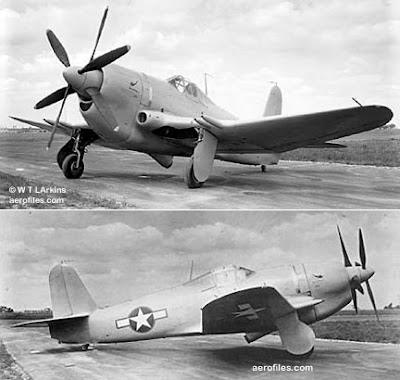
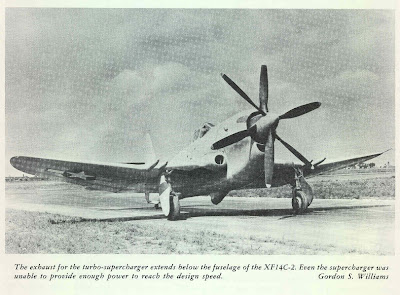
One Comment
Comments are closed.